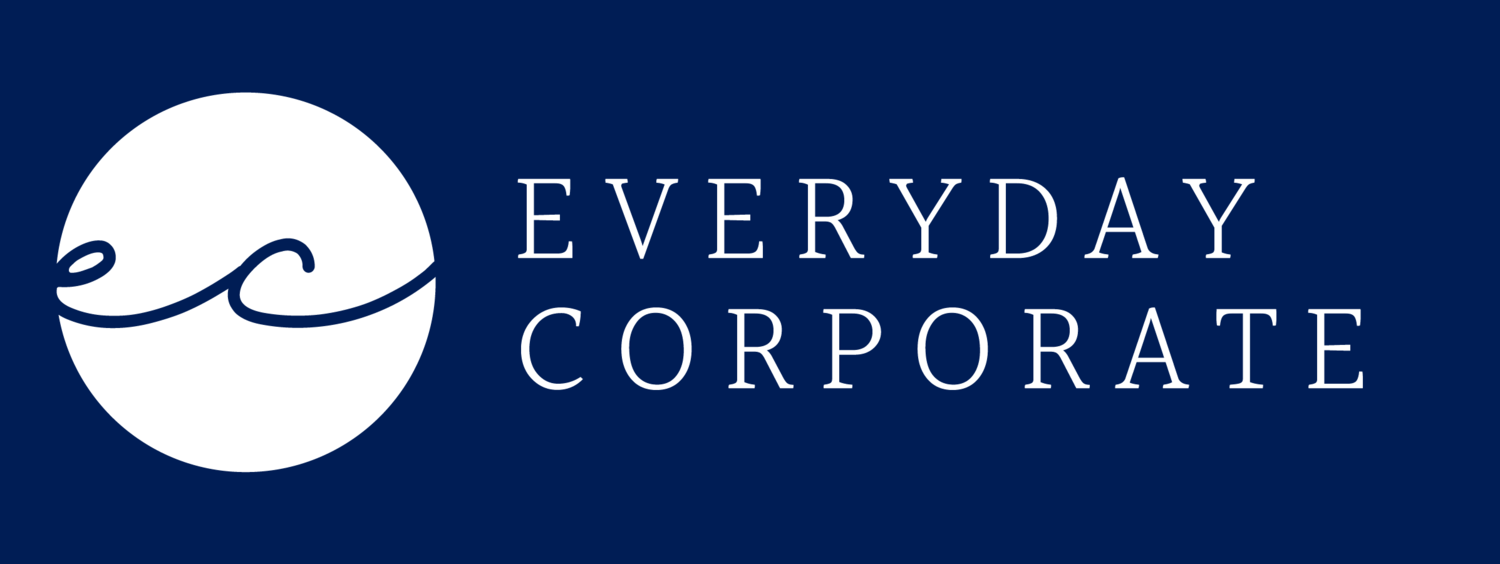4 things to consider when selecting your Financial Year End (FYE)
When it comes to Financial Year End (FYE), many people would much rather select the calendar year-end (31 Dec). But is it a good choice? Let’s find out.
Firstly, what is Financial Year End?
Also known as Fiscal year end, it refers to the 12-month accounting period of a company. The accounting period is the recognised interval to complete an accounting cycle of the business. The periodicity provides perspective about the profitability of the business on an ongoing basis. Records of transactions are kept over this period and reported in the form of financial statement. This date will determine when your corporate filings and taxes are due.
If a company has a FYE that is the same as the calendar year-end, it means that the financial year ends on 31st December.
According to the Singapore Companies Act, your first Financial Year cannot be longer than 18 months.
Subsequently all Financial Years should be 12 months long and this period starts on the day following the end of the previous financial year and ends on the anniversary of your first Financial Year End.
For example, if your company is incorporated on 1st September 2021 and you have set your first FYE on 31st December 2022 (16 months), then your subsequent Financial Year starts on the following day - 1st January 2023 - and ends on the anniversary of the first FYE, which would be 31st December 2023.
4 things to consider when you are selecting your financial year end:
Group financial year end
If you newly incorporated company is part of a group of companies, you’ll have to adopt the same financial year end no matter when you incorporated. This makes it easier for consolidation and business planning and reporting purposes.
Business planning
Some companies may need to have their FYE determined by factors such as a franchisee agreement, joint venture agreement or other arrangements. Please do consider these when thinking about your FYE.
Audit costs
Many companies have a 31 Dec FYE, so higher costs of getting an accountant for closing, audit fees hike and delays in generating a financial report are bound to happen.
Tax planning
Previously, when I was an undergraduate, I was told that one should try to make the first accounting the longest (maximum of 18 months), because the first year of assessment for tax follows suit. This helps to include all profits for that period for the Tax Exemption Scheme for New Start-Up Companies.
However, something I learnt about from my recent tax course, as I was updating my own skillset, was that the maximum year of assessment now is 12 months. Used to be that we could follow the accounting year. To say the least, it is now best in terms of tax planning for the company’s first financial year to be as close as 12 months in order to maximise the coverage of the tax exemption for new start-up companies for its first three consecutive YAs.
You don’t usually have the luxury of incorporating your company on 1 Jan of the year, nor would you at 1 Apr, 1 Jul or 1 Oct. If you do, the recommended year end would be 31 Dec, 31 Mar, 30 Jun, 30 Sep respectively.
So let’s say you incorporated your company on 8 September 2021.
Scenario A: Maximise 12 months tax exemption
Your first financial year to maximise the 12 months tax exemption would be 8 Sep 2021 - 31 Aug 2022.
However, if you consider quarters with a 31 Aug FYE, it is usually difficult for people to wrap their head around it. It may also be difficult for business planning purposes, and GST reporting.
Q1: 1 Sep - 30 Nov
Q2: 1 Dec - 28 Feb
Q3: 1 Mar - 31 May
Q4: 1 Jun - 31 Aug
Such a scenario is still doable, but I would suggest to save the hassle.
Scenario B: Maximise 18 months first financial year
Your first financial year to maximise the 18 months cap would be 8 Sep 2021 - 31 Dec 2022 (16 months).
The tax years will be as follows:
1st tax year : 8 Sep 2021 - 31 Dec 2021 (4 months)
2nd tax year : 1 Jan 2022 - 31 Dec 2022 (12 months)
3rd tax year : 1 Jan 2023 - 31 Dec 2023 (12 months)
Scenario C: Choose the closest calendar quarter end
The closest calendar quarter end would be 30 Jun. Your first financial year would be 8 Sep 2021 - 30 Jun 2022.
The tax years will be as follows:
1st tax year : 8 Sep 2021 - 30 Jun 2022 (10 months)
2nd tax year : 1 Jan 2022 - 30 Jun 2022 (12 months)
3rd tax year : 1 Jan 2023 - 30 Jun 2023 (12 months)
The tax effect of this is that there is a higher partial tax exemption on the first THREE years of the first $200,000 chargeable income. So if you're anticipating that the company will be making profits in the first three years, and calendar quarters are easier to wrap your head around for business planning purposes, then I would say, go for the closest calendar year end which would give you the longest tax exemption period.
By choosing this, you will add another 6 months included in the financial period that you can claim the partial tax exemption (compared to 31 December FYE).

